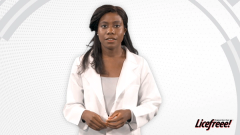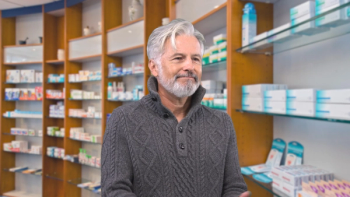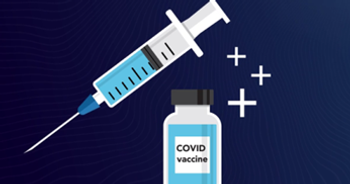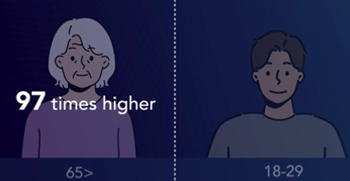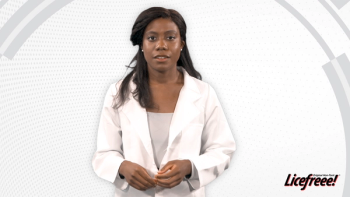
Vital Information for Pharmacists to Increase Head Lice Awareness and Education
Education for pharmacists on the key aspects of head lice infestation, thus empowering pharmacists with the knowledge needed to rid patients of misconceptions, take away stigma, and help guide management.
Pharmacist: Let’s be honest, pharmacist to pharmacist, we have parents coming in all the time with misconceptions about head lice. Some of those misconceptions make them too embarrassed to even talk about it without some gentle prompting—like the misconception that one gets lice from being unclean. In fact, that’s not true. Parasites do what they do, and lice don’t care if the host is clean or not. As pharmacists, we’re in the perfect position to rid patients of these misconceptions and to educate them about head lice, take away the stigma surrounding it, and help them manage it. So let’s make sure we understand what it is first.
Head lice are common in preschool and elementary children between the ages of 3 and 11 years old. Up to 12 million children contract lice annually in the U.S and up to 24 million school days are lost due to head lice each year in the U.S.
The most common way head lice spreads is by direct head-to-head contact with someone already infested because lice do not hop, jump, or fly; they can only crawl, and they do so very quickly. Transmission may happen during sports activities, slumber parties, or even play time. Less commonly, people get head lice by wearing items, such as hats, scarves, or hair ribbons worn by someone with an active infestation; using infested combs, brushes or towels; or lying on a bed, couch, pillow, carpet, or stuffed animal that has recently been in contact with an infested person. It’s good to remind folks that getting the infestation under control quickly is important not only for them or their child but also for the people that they come into close contact with to prevent recurrence and spread.
A louse is a parasite called Pediculus humanus. Head lice are about the size of a sesame seed and tan to grayish-white in color. Lice need to have a blood meal every 12 to 24 hours, so they can’t survive away from a human head for longer than a day. Although people refer to an infestation as ‘having lice’, there are actually 3 stages in the lifecycle that any one bug can be in at any given time: the egg or nit, the nymph (an immature louse), and then the adult louse. It’s important to understand the stages because there is evidence to suggest that the stage at which you intervene can affect outcome. For example, studies have shown if you kill the eggs you get better outcomes, so recommend that patients intervene early and that they be thorough.
You can intervene at any stage, and as you’ll learn in the next video, intervening at one stage is often not enough to control the infestation and prevent it from recurring. If not treated appropriately, the cycle repeats itself approximately every 3 weeks. And get this, the legs on these parasites and the adhesive used to secure their eggs are specially adapted for clinging onto human hair strands. And they cling hard, making lice and their eggs really hard to get rid of.
Because head lice can move fast it may be easier to spot the nits. Nits can look like dandruff, but you can tell them apart because dandruff will come off easily, but nits will stay firmly attached to the hair. A lot of the times, nits can be found at the at the nape of the neck, however, it’s very easy to miss them.
People get embarrassed and are uncomfortable talking about head lice. And let’s admit it, there’s a lot to learn and do in order to manage it, and that can be overwhelming for folks. That makes having a conversation about head lice the perfect opportunity for pharmacists to increase awareness and education.
Newsletter
Pharmacy practice is always changing. Stay ahead of the curve with the Drug Topics newsletter and get the latest drug information, industry trends, and patient care tips.


